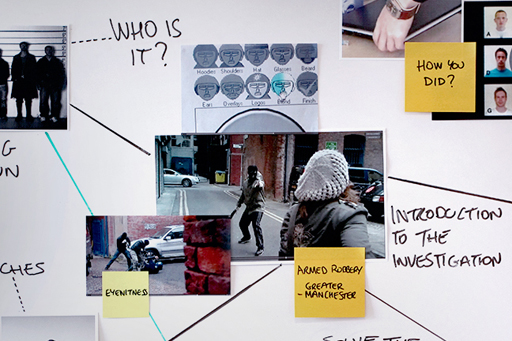3 Introduction to the investigation
You’ve seen how real investigations can lead to wrongful convictions and how careful the police have to be when working with witnesses. To help you understand the psychology behind eyewitness evidence, you will get the chance to try to solve a case using nothing but eyewitness testimony.
An armed robbery was (very realistically) staged in front of a group of witnesses and then investigated by the Greater Manchester Police. At the end of the course, it will be your job to try to work out how the crime took place and who the guilty suspects might be. You will then get a chance to watch the crime and see how well the police did in solving it. Will your own investigative powers be a match for those of the police?
At various points you will get to see the witnesses presenting different types of evidence, including audio recordings of their interviews. Your job is to try to work out which pieces of information give an accurate insight into the crime, and which might contain flaws or just be completely wrong.
One of the most important tools police officers use in an investigation is the trusty notebook. As you work through the course, you should keep track of the evidence in a notebook, and also note down any insights you have. This will be an invaluable tool when it comes to trying to solve the crime at the end of the course.

